The Kindig Sale
By Karl Pass - March 08, 2024
Pook & Pook Inc. sold the Kindig collection in a 729-lot two-day sale held Feb. 8 and 9 in Downingtown, Pa., live in the salesroom and online. The sale grossed $1,427,375 (including a 25-percent buyers premium). There were 850 PookLive registered bidders, and 258 through Bidsquare. Over half (53 percent) sold to either Bidsquare or PookLive registered bidders. The auction was 99 percent sold. I was pleasantly surprised with how the furniture did and thought overall it was quite a good sale, commented Jaime Shearer following the auction. Joe Kindig Jr. (1898-1971) was a dealer in York, Pa., who, during a different era, was influential in the business. He was known for buying and selling fine decorative arts as well as American long rifles. Kindig sold to H.F. duPont among many other well-known collectors. Joes son, Joe III, joined the antiques business after college in 1947. The two were known as Old Joe and Young Joe and, much later, Joe IIIs daughter, Jenifer, joined the business until closing it down in 2021 following Joe IIIs passing at age 98. Sothebys held a sale of Kindig antiques, not unlike the Pook & Pook sale, primarily inventory stock among things stored over the years, on Jan. 21, 2023, where 298 lots grossed $1,452,276 (including a 25-percent buyers premium). The sale was 85.9 percent sold by lot, 256 lots found buyers. A few lots that failed to sell at the Sothebys auction were offered at the Pook & Pook auction at a fraction of the estimates. A pair of Philadelphia mahogany games tables, ca. 1770, carving attributed to Martin Jugiez, very uncommon to find as a pair, sold for $28,160 (est. $15,000-$20,000). At Sothebys they were estimated at $50,000-$80,000. A Philadelphia Chippendale desk and bookcase, illustrated in a 1934 ad in The Magazine Antiques from Joe Jr., failed to sell at Sothebys estimated at $60,000-$120,000 and was offered at the Pook & Pook sale, realizing $23,750 (est. $20,000-$30,000). It was exhibited at The Met in 1992 during the American Rococo 1750-1775: Elegance in Ornament show. Several prospective bidders who previewed mentioned condition was foremost on their mind when looking everything over. As expected with 100- to 300-year-old items, often something had a repaired crack or chip, alteration or replacement. Appraising today, regardless of category, is akin to throwing darts. It is no fault to the auction company, who presented the material well, that the name Kindig does not resonate today the way it did with previous generations. In part, this is due to a higher degree of education among buyers. Today, most people think an object needs to stand on its own merit. That carries more value than name association and ownership history. Additional items from Kindig were sold in Pook & Pooks online decorative arts sale held Feb. 28. Among the American furniture category, the previously mentioned Philadelphia Chippendale desk and bookcase with center bust of John Milton (replaced brasses, some repaired cracks, chips to cornice, and alterations to lower section backboard, feet are period but probably associated with case) as stated in online condition report, realized $23,750. It was bought by a longtime client of Pook & Pook, a collector, and is staying in Pennsylvania, said Shearer. The same buyer bought the pair of Philadelphia mahogany games tables, ca. 1770, carving attributed to Martin Jugiez ($28,160). Toward the end of the Pook & Pook auction were a grouping of books and hymnals printed at the Ephrata Cloister. The Cloister was a historic settlement in the early 18th century, a unique monastic experiment with the last celibate member dying in the early 19th century. Members lived and worshiped in the village until the early 20th century, having incorporated into the German Seventh Day Baptist Church. The site, in northern Lancaster County, is run by the Pennsylvania Historical & Museum Commission (PHMC). The Cloister is considered among, if not the earliest, communal religious societies in the country. Among its accomplishments was the printing operation (pre-American Revolution). Ephrata historian Clarence Spohn retired as museum educator at the Cloister in 1996. In the 1960s, following the restoration of the almonry building, today referred to as the bakery, we visited Old Joe looking to furnish it with plain day beds, and trunks, noted Spohn. When discussing the books, I had seen the collection and thought the sale (Pook & Pook) for the most part was strong in regards to this material, because much of it wasnt in the best of condition. The PHMC was able to acquire seven lots thanks to the Back to the Cloister private fund, according to recently retired museum curator Kerry Mohn. The fund, established in 1980, exists on private monetary donations and not supported by state tax payer funding, noted Mohn. A treatise on spiritual life by Cloister founder Johann Conrad Beissel, 1745, a very rare work, sold for $3,000. There were three Martyrs Mirrors. One had a bookplate inscribed Christian Brennemann and printed at the Cloister in 1748 (translated from Dutch to German); it sold for $5,000. It was a prominent book for anabaptists. A significant book, according to Spohn, was the Cloister imprint (Lot 659) by Alonso Barba, a Spanish priest, printed in 1763, on mining and geology, selling for $3,000. On lower center title page are initials G.R., which Spohn explained stand for George Ross, ironmaster and signer of the declaration. One of the few books ever to be printed at the Cloister in English was the 37-page pamphlet (Lot 664) A dissertation on Mans Fall translated from German by Peter Miller, 1765, an interpretation of the fall of Adam and Eve, a true rarity and among the most important imprints in the sale, thought Spohn; it sold for $2,500. Many music manuscript books sold. The Cloister printed word books and music manscript books. Unlike hymnals today, they couldnt print music notes in the mid-18th century, music had to be hand drawn. Some hymns contained 100 verses or stanzas and two books were used in services. These were highly elaborate printed works. There actually was never an exhibit in 2012, as stated in the catalog. The Kindigs brought the whole group to the museum and wanted to sell the collection as a group, but there was a lot of duplication with some material already at the Cloister, further explained Mohn. To review the entire sale, visit the online catalog with prices realized at www.pookandpook.com. For other information, call Pook & Pook during business hours at 610-269-4040.


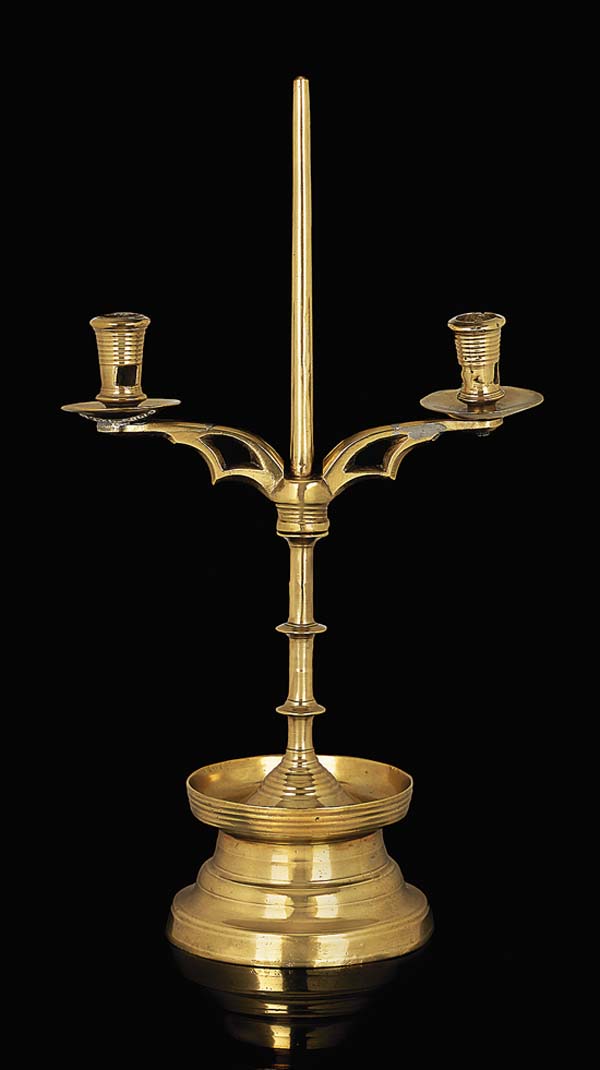
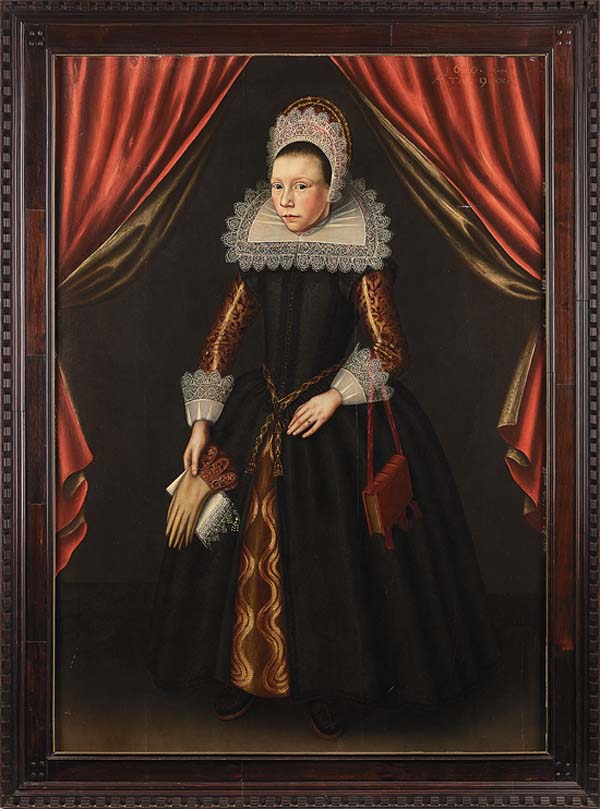





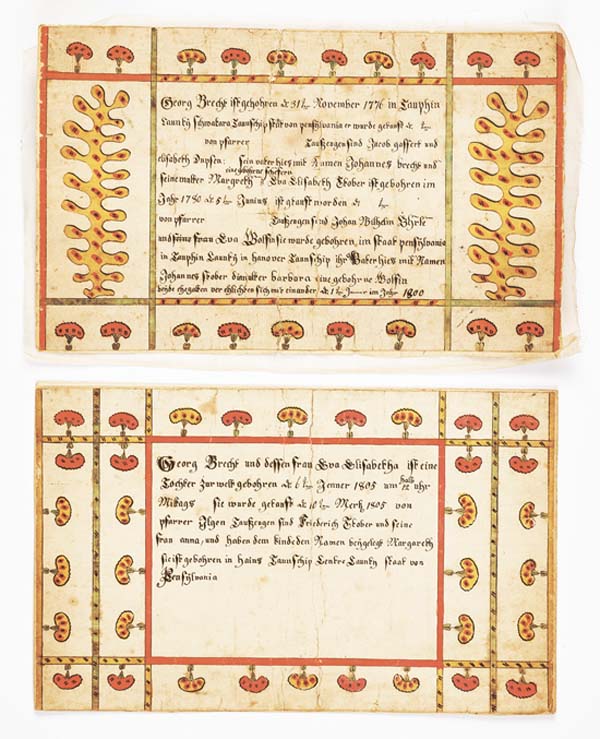

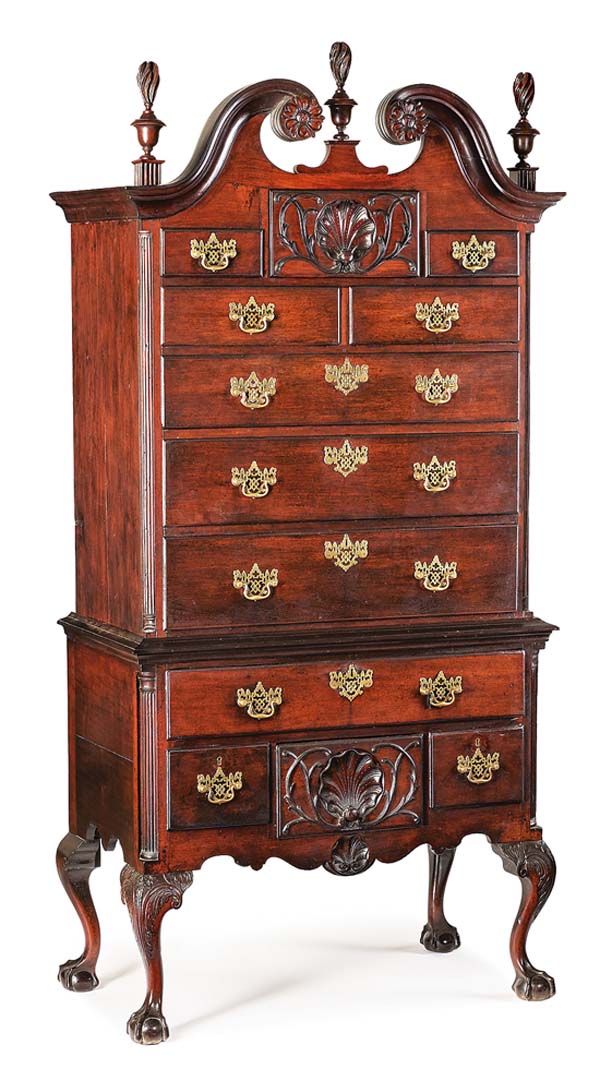
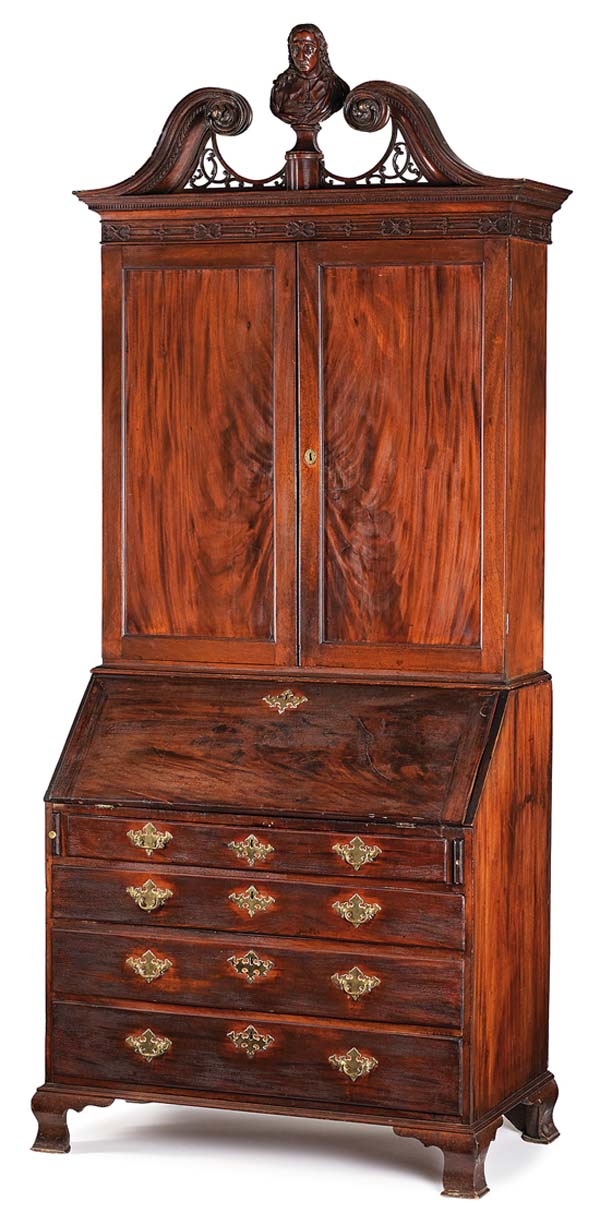



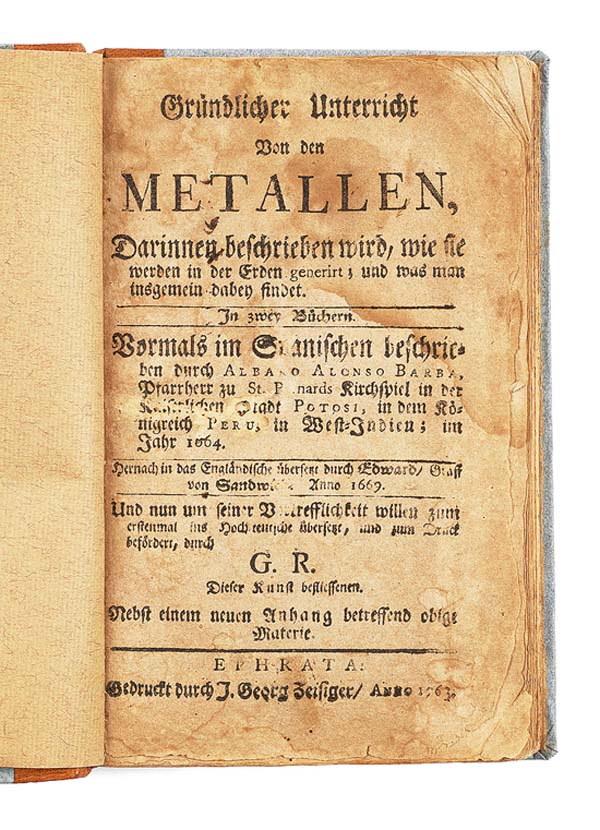
SHARE
PRINT